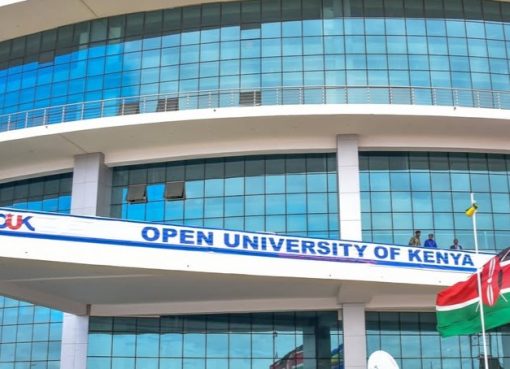A survey conducted by the Elimu Yetu Coalition to understand school digital ecosystems in ten counties across Kenya has revealed that 94.7 per cent of public primary schools are connected with power.
The survey dubbed ‘Understanding school Digital Ecosystem in 10 counties in Kenya’ is a GIZ Generation Digital project aimed at establishing whether there is sufficient ICT connectivity in schools within the targeted counties.
Data on the ICT ecosystem was collected from 1000 public primary schools (each county 100 schools) in select counties, including Nyandarua, Makueni, Kitui, Mandera, Busia, Trans Nzoia, Kericho, Kisii, Nyamira, and Taita Taveta.
In a forum to report the findings of the survey in Murang’a town, Elimu Yetu Coalition National Coordinator Joseph Wasikhongo said 947 out of 1000 public primary schools selected for the study were connected to power (94.7 per cent).
“Using a framework of power connectivity to the national grid or using alternative sources of power such as solar and generators, 887 schools (88.7 per cent) and 61 schools (6.1 per cent) were connected to power, respectively,” said Wasikhongo.
Wasikhongo divulged that from the survey results, the general statement by the government that most of the public primary schools are largely connected to power is essentially true.
“Understanding this type of data in our schools helps us to take advantage of ICT for purposes of improving learning,” he said while speaking during a Central region forum on enhancing ICT integration in education.
However, he divulged that the observation of schools being connected to power must be interrogated from the aspects of power reliably and power affordability.
“When we start asking these questions, you find that the statistics start going down,” he said, adding that power stability is at 73.6 per cent and power affordability is at 78.5 per cent.
Wasikhongo said once the gaps in terms of ICT are understood, addressing those gaps, which can vary from the context of infrastructure-tackle issues such as internet connectivity, devices, device security and storage, and teacher training, can be addressed.
In terms of Internet connectivity, the coordinator said according to the survey, 353 schools out of 1000 (35.3 per cent) were connected to the Internet.
“502 (50. 2 per cent) of the schools were using other coping mechanism to access Internet while 12.5 per cent of the schools had never been connected to any kind of internet,” said Wasikhongo.
He said according to the survey, 900 schools (90 per cent) had devices supplied to them by the government, and 88.7 per cent of the schools had designated storage cabinets for the devices
Wasikhongo said the survey report recommended that power should be connected to all public primary schools and all classrooms.
“Taking into account the instability of power, alternative sources should be installed as backups. In the case of solar sources, regular maintenance is required,” he added.
He said the survey report recommended that the internet should be connected to all public primary schools, and stability improved through the installation of boosters, the provision of Wi-fi, and routers.
Further, the report recommended more efforts should be made to train teachers on ICT and digital skills to achieve a hundred percent level of transition in enabling them to integrate ICT in education.
Wasikhongo further said that understanding the school digital ecosystem will facilitate digital skills and help close the education divide, which is essential not only for the targeted counties but also the country as a whole.
By Anita Omwenga





